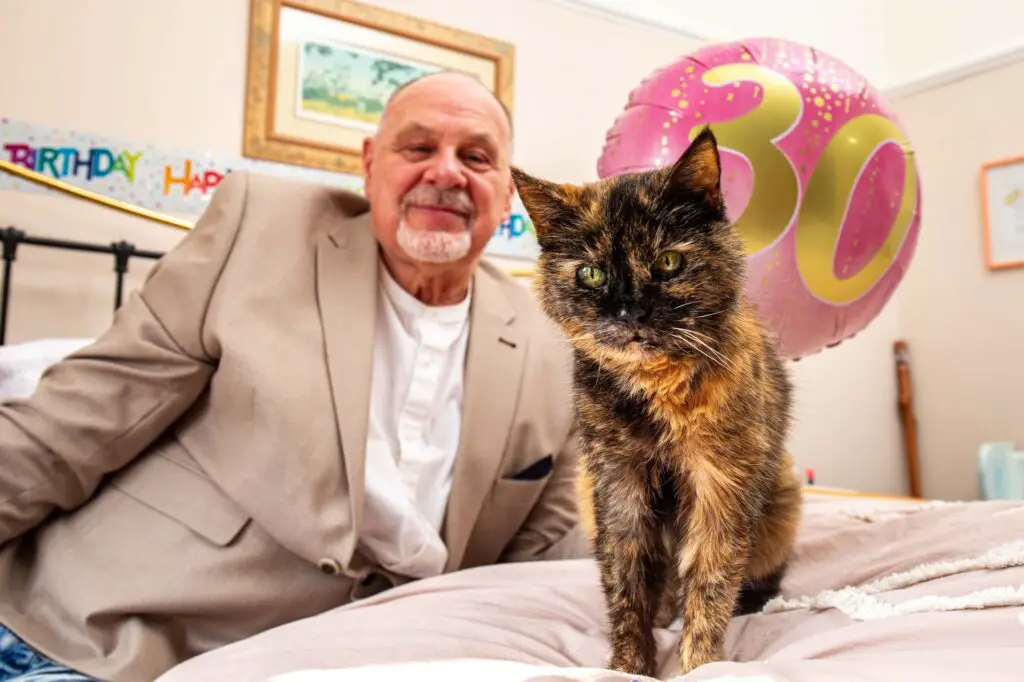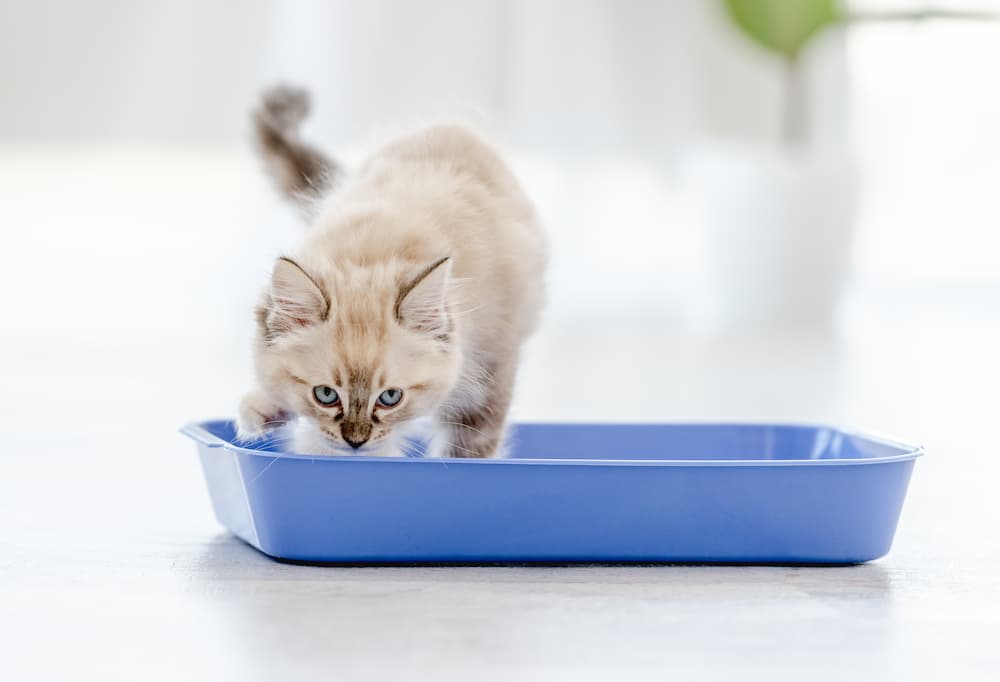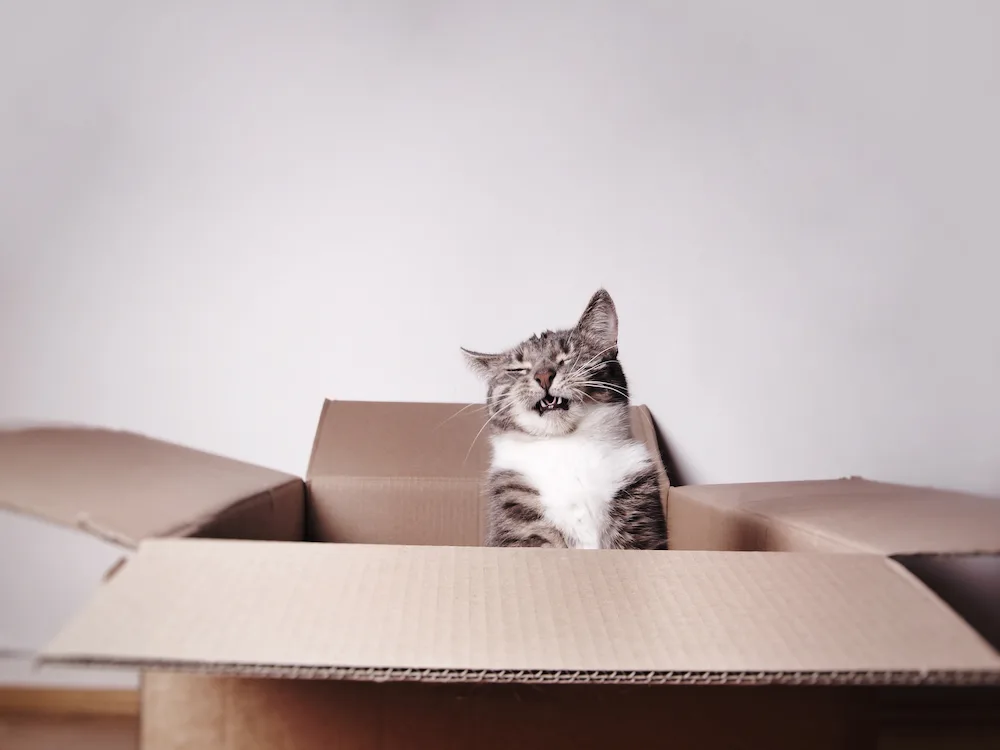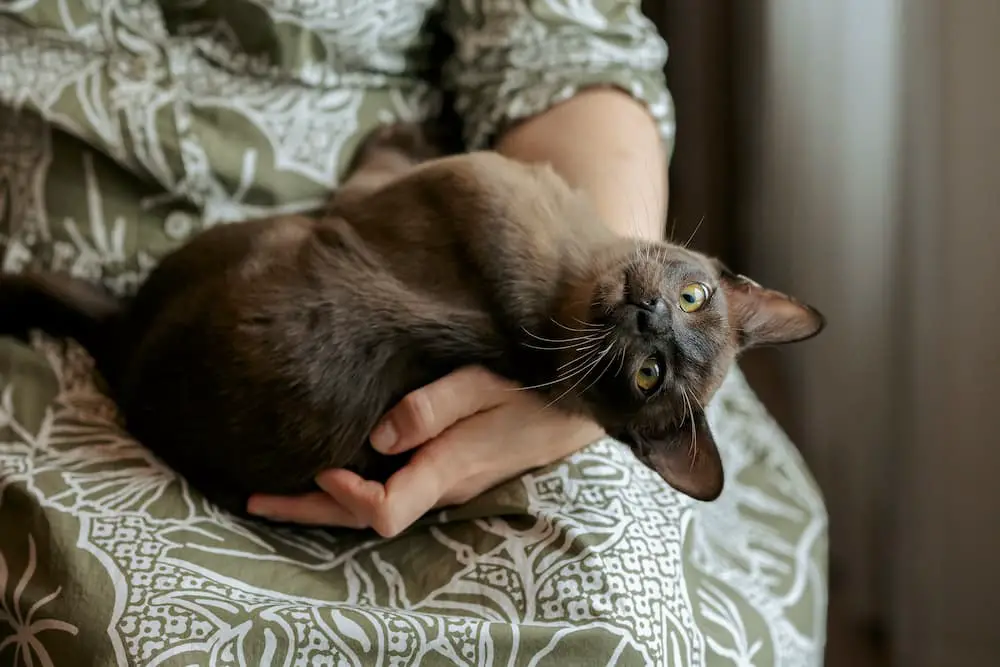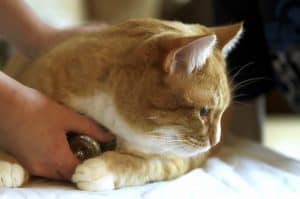 What is HCM?
What is HCM?
The most common form of heart disease in the cat world is Hypertrophic Cardiomyopathy or otherwise known as HCM. When the term Hypertrophic Cardiomyopathy is broken down into its Latin roots it simply means an increase in the size and development of the heart muscle. This unusual thickening of the heart muscle primarily occurs within the ventricular walls of the heart. Eventually, the atrial walls of the heart thin to compensate for the lack of capacity of the ventricular chambers. Multiple studies and surveys have shown that HCM is an adult-onset disease and is common in cats between the ages of 1 and 5. In fact, cats aren’t the only animals that can be stricken with HCM. It can affect all mammals, including dogs and even humans.
What causes HCM?
HCM is usually inherited genetically. There are some breeds in which HCM in seems to be more prevalent, such as the Sphynx, Ragdoll, and Maine Coon, but it can affect all breeds of cats and mixed breeds. With that being said, purebred cats have a smaller genetic pool, which ultimately means a greater chance on contracting the disease. A study conducted by research veterinarians from the Department of Medicine and Epidemiology from the School of Veterinary Medicine at the University of California, found that whenever one affected cat bred with another cat (affected or non-affected), at least one offspring contracted the disease (Kittleson et al.).
A common secondary cause of HCM is hyperthyroidism. The high levels of the thyroid hormone in the blood stream can cause the thickening of heart muscle. If your cat is diagnosed with HCM, it is a good idea to rule out hyperthyroidism as a cause, because this type of cardiomyopathy may be reversible if the hyperthyroidism is treated.
Signs and Symptoms of HCM
If your veterinarian detects a heart murmur during a check up this CAN mean there are underlying problems. Let it be known that not ALL murmurs mean heart disease and that the absence of a murmur does not necessarily mean no heart disease. However, it is a good idea to schedule an appointment with a board certified cardiologist to perform an echocardiogram. An echocardiogram is the most conclusive means of diagnosing HCM. This allows the cardiologist a means to see and measure the walls of the heart, the size of the atrium, the condition of the valves, and if there are any blood clots present. A heart scan with an echocardiogram is the ‘gold standard’ for diagnosing – or ruling out – HCM. A board certified cardiologist is the most qualified to interpret an echocardiogram.
Besides a heart murmur, other common signs and symptoms of HCM can include lethargy, poor appetite, an increase in heart rate and/or respiratory rate, and difficulty breathing. Most outward signs and symptoms do not occur until the later stages of the disease. A bloated abdomen can accompany difficulty breathing, which can mean fluid build up around the heart and lungs. An excess build up of fluid can be a sign of congestive heart failure (CHF).
Some cats with HCM may suffer from thromboembolisms, or blood clots. Saddle thrombus is the most common type of thromboembolism in cats suffering from HCM. Saddle thrombus occurs when a blood clot becomes lodged in the aorta and blocks the blood supply leading to the hind legs. This causes paralysis and is usually extremely painful and often fatal.
Treatment and Prognosis of HCM
There are numerous medications that veterinarians feel improve the overall health of a cat suffering from HCM. The two most common types of medications given are beta-blockers and ace inhibitors. Beta-blockers, such as Atenolol, block the effects of epinephrine (adrenaline) and lower blood pressure and heart rate and ease the workload on the heart. ACE inhibitors, such as Benazepril, inhibit ACE and decreases angiotensin II production. This dilates blood vessels and lowers blood pressure. Veterinarians may also suggest that you supplement your cat’s medication with a dose of a blood thinner such as Aspirin, which can lower the chances of thromboembolisms. Once a cat reaches the terminal stages of HCM and is experiencing CHF, an antidiuretic, such as Lasix, may be used to manage the build up of fluid around the heart and lungs.
It is important to remember that even though HCM isn’t curable, its symptoms can be treated and your cat may live a long and happy life. The severity and progression of HCM can vary greatly from case to case. Early detection is very important!
Has Your Cat Been Diagnosed with HCM?
If you haven’t already, find a cardiologist you trust. Your cardiologist will guide you. Have your cat rechecked often to see how the disease is progressing, make adjustments to his medications, and recommend lifestyle and diet changes.
Learn everything you can about HCM. The more educated you are on the subject, the more you are able to handle the challenges. Learn how to measure your cat’s respiratory rate and pulse. Know what signs to look for in case of emergency. Know what to expect so there are no surprises.
Remember quality of life, but stay hopeful. HCM is unpredictable. But that means you should remain hopeful and be an advocate for your cat’s heart health. Cherish every moment you have.
Literature Cited: Kittleson et al. 1999. Familial Hypertrophic Cardiomyopathy in Maine Coon Cats. Basic Science Reports: 1

